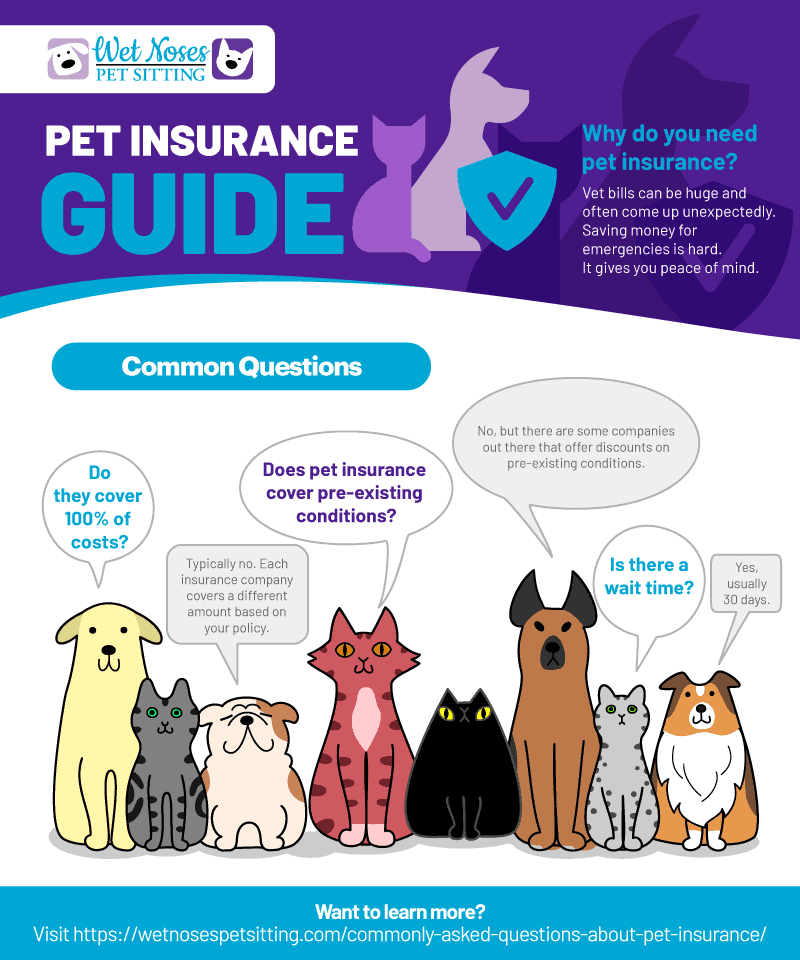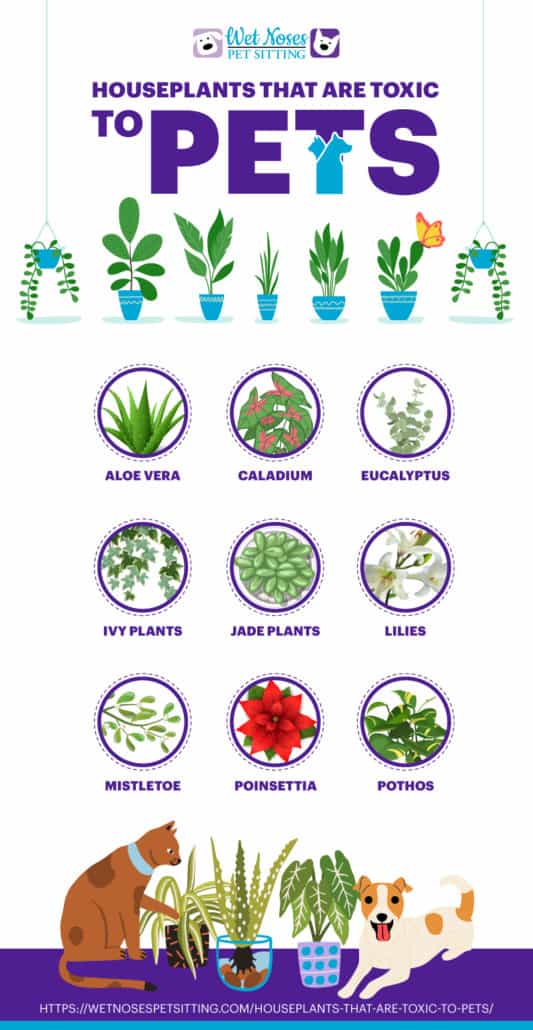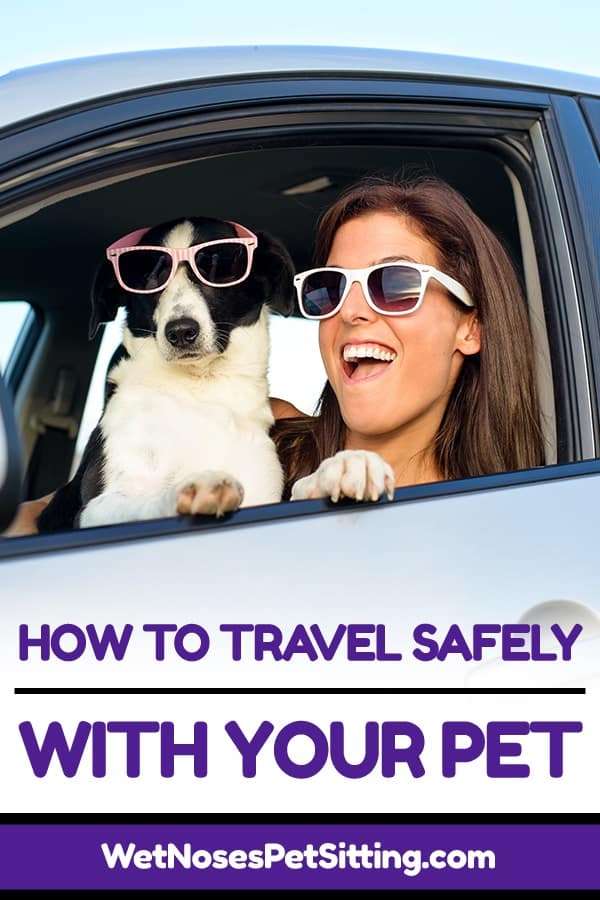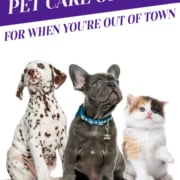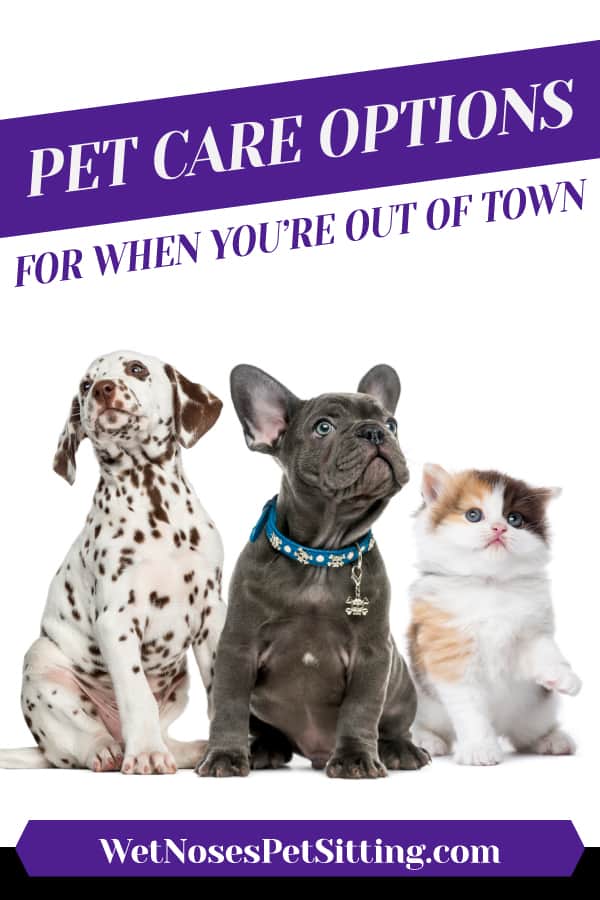Is a Guinea Pig Right for You?
Is a Guinea Pig Right for You?
Guinea pigs can make great companions! But is a guinea pig right for you? Here’s some things you need to consider before adopting a guinea pig. If you don’t think a guinea pig is the right fit for you check out our which pet to adopt post.
How much time do you have?
Guinea pigs require time out of their cage every day to stretch their legs, cuddle in your lap, or explore new environments. Daily interaction and attention are a must for a guinea pig’s well-being.
Guinea pigs need regular grooming, at least once a week for shorthaired breeds and daily for longhaired breeds.
Cages need thoroughly cleaned on a weekly basis with spot-cleanings every few days.
Do you have young children?
Young children may unintentionally drop a guinea pig, squeeze them, or frighten them into biting. Guinea pigs require a gentle touch and can easily be startled by sudden movements and loud noises.
What’s your budget?
Over their lifetime, guinea pigs cost significantly less than a dog or a cat but you will still need to spent a few hundred dollars a year (excluding veterinary costs) on supplies. There’s also the initial cost of equipment if this is your first guinea pig. Make sure you have a veterinarian that takes care of guinea pigs as well.
Are you considering adding another guinea pig?
If you already determined that a guinea pig is right for you, maybe you’re considering getting a second guinea pig. Guinea pigs are social creatures and to help prevent a solitary pig from becoming lonely you may need to adopt a second guinea pig.
Who will watch your guinea pig when you’re on vacation?
Guinea pigs need fresh water and food daily. When you’re on vacation you can rest assured a Wet Noses pet sitter will take excellent care of your pig.
So, is a guinea pig the right pet for you?
Think a guinea pig is right for you? See guinea pigs for adoption in Fort Collins, Colorado.
Does somebody you know have a guinea pig? Or maybe you have a fun guinea pig story. Let us know in the comments!








